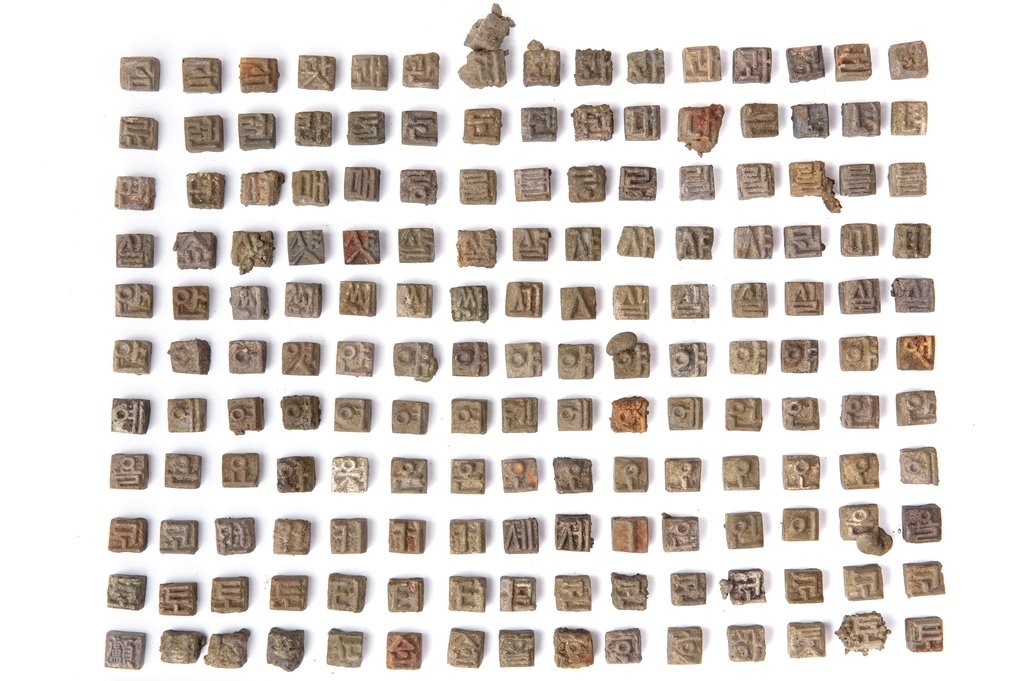
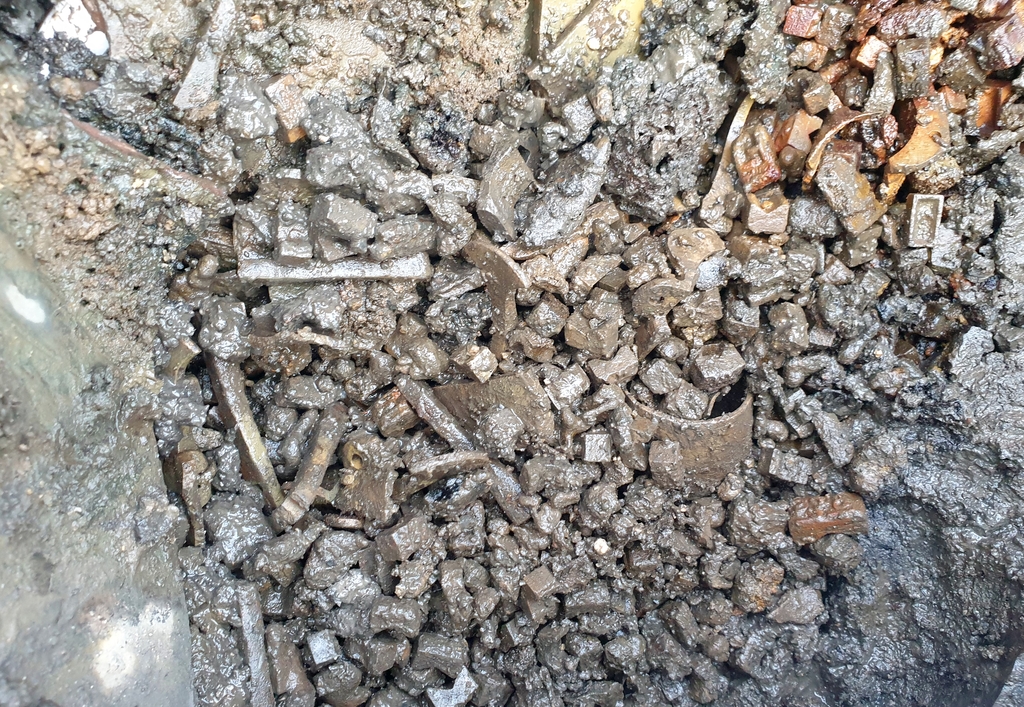
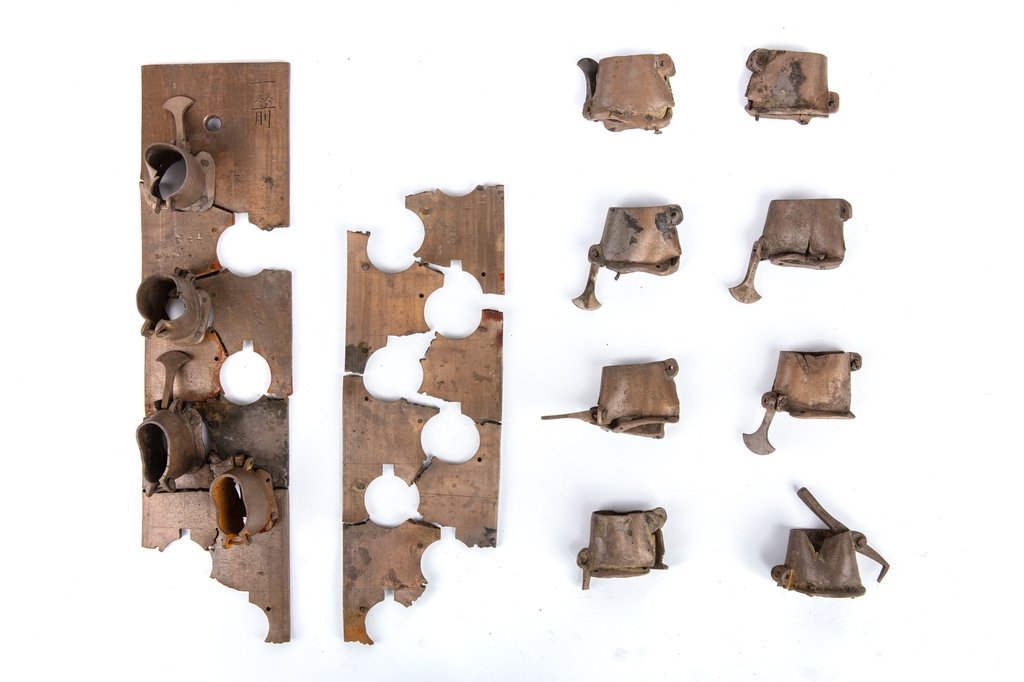
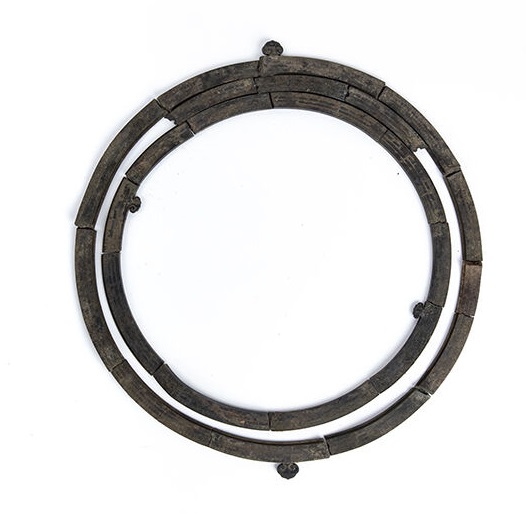
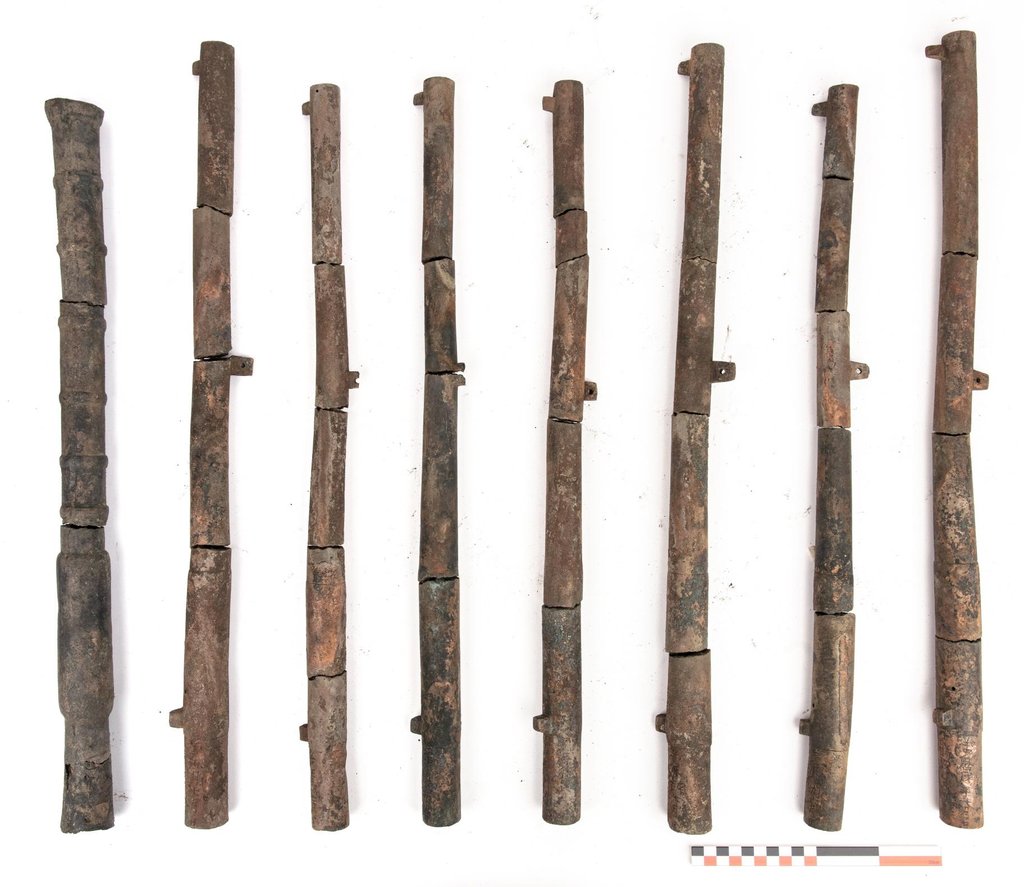
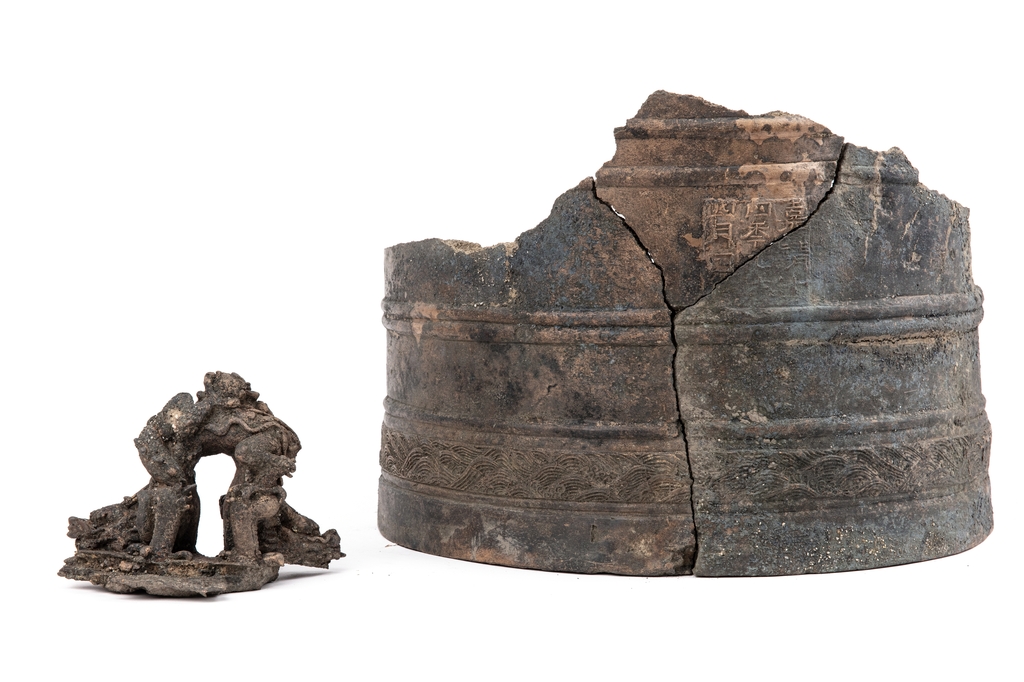
1,600 pieces of type of shipbuilding metal in Insa-dong and West…
The oldest Korean type is also available, and a pile of
spr>springs are placed in a jar.Water clock accessories and astronomical clock! On time! The first large-scale excavation of traces of scientific heritage during the reign of King Sejong was provided by the Korean Alphabet Type
Cultural Heritage Administration from the early Joseon Dynasty. Park Sang-hyun, a reporter from Seoul = Yonhap News, = More than 1,600 metal types produced in the 15th and 16th centuries were found at once, including the earliest Korean metal types that reflected the writing of Hunminjeongeum in Insa-dong, Jongno-gu, Seoul.
It is known that only about 30 types of metal types of Joseon Dynasty, which were produced before the Japanese Invasion of Korea, exist in large numbers of early Joseon types that the bibliography community had been looking forward to. The Central Museum type was produced around 1455.
The astronomical clock, a scientific heritage of the early Joseon Dynasty, was transmitted only by the records of Ilsung Jeongsi.星定儀과 parts and!Water watch accessories like “Qalu”! Kettle!The copper product, which appears to be part of 의, has also been excavated. It is the first time that traces of scientific heritage during the Sejong era have been excavated on a large scale.
The Cultural Heritage Administration and the Capital Culture Research Institute, a research institute for buried cultural assets, are located near Tapgol Park! The urban environmental maintenance project site in Gongpyeong-gu!An excavation survey was conducted at 79 Ininsa-dong on the 29th and found 1,600 metal types in the early Joseon Dynasty, as well as eight pieces of water clock accessories, Ilseong Jeongsi, Hwapo Führer III, and the same type.
The appearance of metal type found in Insa-dong, Seoul
Provided by Cultural Heritage Administration. Resale and DB prohibited
The metal type and copper products believed to be the main pot were found in pottery jars, and relatively large Ilseong Jeongsi, Führer, and Dongjong were discovered in several pieces around them.The most interesting artifact in this survey is metal type. More than 1,000 Chinese-character types and 600 Korean-character types were released. Various metal types were discovered in one place during the early Joseon Dynasty, including artifacts believed to have been produced by Gutenberg during the development of metal types and printing techniques for the first time in the West in the 1440s.
The metal type of the Joseon Dynasty is named after the sixty-year-old ruler of the year, which was produced in 1434, the Eulhaeja, which was made in 1455, and the Eulyuja, which is a type in 1465.
Also, only used in the 15th century, when Hunminjeongeum was created, among Korean metal types!The so-called ‘!’, which is a Korean tossi used between type and Chinese characters with ‘Dongguk Jeongun style notation’, was cast at once for convenience.There were about 10 pieces of music types.An official at the
Cultural Heritage Administration said, “Hangul metal types of various sizes have been excavated,” adding, “The analysis of metal types has not yet been completed, and there is a possibility that additional types of types used to take printed copies will appear.”According to the size and shape of the “br” ear, the type is various, adding that most of the type is intact, but some of them were melted by fire and stuck together.
The bronze ware presumed to be a water clock accessory, the kettle!
Provided by the Cultural Heritage Administration. The copper product, believed to be the main driver of the time-signing unit in automatic water clocks, such as resale and DB prohibition
Qualnu, was found finely cut like other artifacts except type.
There’s a round hole! The other day!It consists of a copper plate engraved with 이라는 and a bead-releasing device that combines a clasp and ginkgo leaf-shaped hook. This form is considered to be consistent with the record related to the main player in the “Sejong Silok!” book.
If the same product is the main product, it is possible that it is an accessory to Gyeongbokgung Humgyeonggak Okruna, which was produced in 1438, the 20th year of King Sejong’s reign, or the newly installed Borugak Qualification Pavilion in Changdeokgung Palace in 1536, the 31st year of King Jungjong’s reign. Oknu has no existing members at all, and part of the water bottle remains and is designated as a national treasure.
Provided by Ilsung Jeongsi
Cultural Heritage Administration from Insa-dong, Seoul. Resale and DB Prohibition
Ilsung regular vision is a tool used as a sundial during the day and to measure time using constellations at night. The Annals of King Sejong recorded that he produced four Ilseongjeong poems in 1437, but some of them appeared for the first time this time.
If excavated artifacts are restored, they will become three circular rings, named Jucheon-do Bunhwan, Ilgu Baekgakhwan, and Seonggu Baekgakhwan Star, respectively.The
barrel consists of one small firearm, the winner barrel, and seven small firearm rifles, all of which are 50 to 60 cm long. The victor with the letter “kami” in 1583, “Challengmuza!”The Soseungja Chongtong, inscribed with the 글자를 글자를, is presumed to have been made in 1588.
The Little Führer’s prestigious inscription on gold stone, the producer!There is a 이, and the Seoul National University Museum is designated as a treasure!The Cultural Heritage Administration explained that the name also appears in “Chaw Seung-ja Führer!” The Führer has also been found in waters off Myeongnyang.
Führer
Provided by Cultural Heritage Administration from Insadong, Seoul. Resale and DB prohibited. The same species is the 14th anniversary of the family.It was confirmed that it was produced in April 1535. However, it was analyzed that the typeface was different from the kind that originated from the royal family and wished to God. Style-wise, it was produced in the late 15th century.It was evaluated as similar to “Ina! Haeinsa’s kind!”An official at the
Cultural Heritage Administration said, “All artifacts seem to have been buried together since 1588 and not reused,” adding, “It is a very important material that will help understand printing technology and science technology in the early Joseon Dynasty.”
Provided by the Cultural Heritage Administration from Insadong, Seoul. No Resale and DB
psh59@yna.co.kr
Reporter Profile
email! #160protected
Subscribers 966
Cheering Count 602
Cultural Heritage, Academic Articles.
30 Years of Restoration of Gyeongbokgung Palace…Damaged by the Japanese!After regaining Joseon’s symbol!, the Japanese armor and helmet from Goheung Tomb, reenacted after 1,600 years, this article was classified as a section of life and society in the media. What is the scope of other information that a fact check doctor shouldn’t divulge? Report the incident and accident